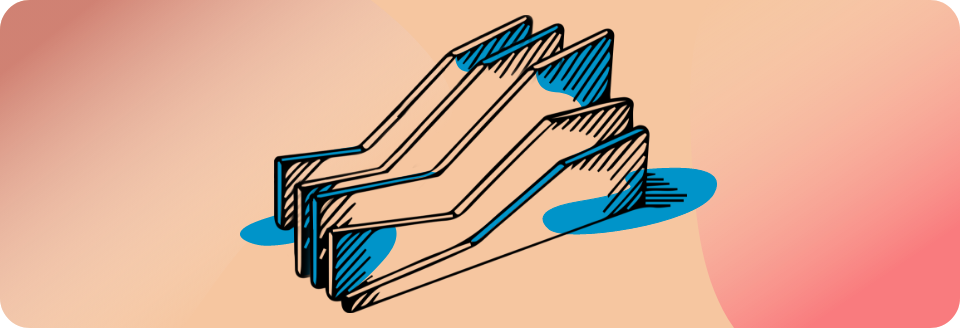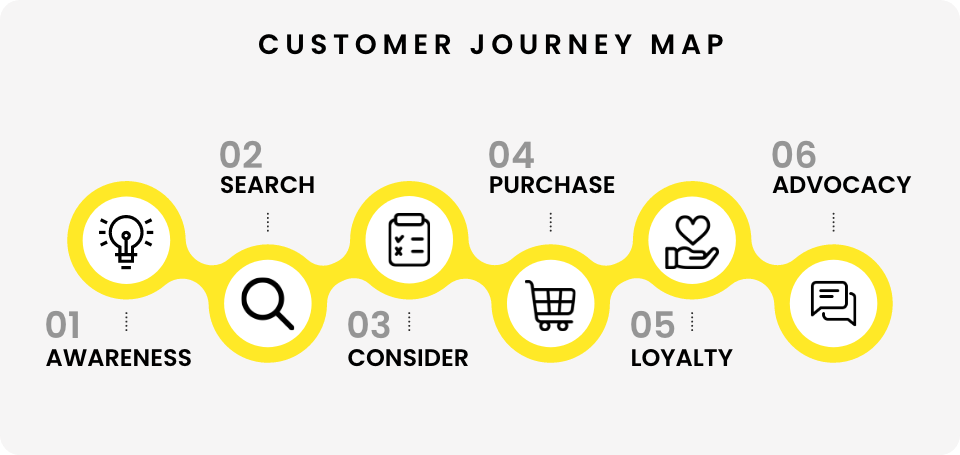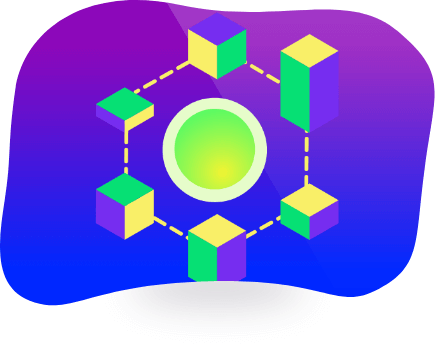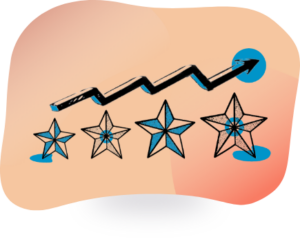
Key Takeaways:
In the midst of a rapidly-changing business environment, Software as a Service (SaaS) has witnessed a boom like never before.
Everyone has heard of SaaS, and whether they are aware of it or not, almost every company is utilizing SaaS on a regular basis.
The Forbes SaaS Market Research 2021 estimates SaaS revenue to climb upto almost $233 billion by the end of this year, while showing a revenue of $369.4 billion by 2024.
Considering its revolutionary impact on businesses in every sector, it is safe to say that SaaS is here to stay. As more and more executives and organizations recognize its benefit, the development of traditional “on-premise” enterprises will see a rapid decline.
This makes the SaaS-based sales process unique. Why? Because such a process deals with intangible products rather than physical ones. SaaS sales reps employ different techniques, key metrics and process activities to succeed.
So whether you are brand new to the SaaS sales landscape or looking to build a winning SaaS sales team, this blog will walk you through everything you need to know about it.
What is SaaS Sales?
In simple terms, SaaS sales is the process of selling your company’s web-based software to customers who can access it through an online portal and use it to solve their business problems. Like all B2B sales, the goal is to provide value to your customers.
What differentiates it from a traditional sales cycle is the presence of more touchpoints from sales and marketing before the customer finally makes a purchase.
The marketing team nurtures each lead until they are “sales qualified”. The SaaS sales rep will follow up with the qualified prospect to gauge the next step.
However, SaaS sales reps must clearly communicate the benefits of the software and tailor each presentation to match the pain points of each prospect.
How to Win the SaaS Sales Process?

One of the many reasons which makes SaaS sales such a time-consuming process is the complexity of the SaaS product itself.
SaaS salespeople need to be true experts, both in the business domain as well as in the solution that they represent.
The SaaS sales process can be complex but your sales reps can make the process successful, scalable, and repeatable with these 6 steps.
#1. Generate Leads
Your first step in the SaaS sales process is to generate leads for your product.
Since most of your leads will be generated online, you can make use of sources such as social media handles, newsletters, online ads, content posting, digital PR, webinars, and YouTube videos.
Implementing a SaaS SEO strategy can help you further in improving your search engine rankings. Improved rankings mean more inbound traffic. And more traffic to your site will translate to lead generation.
#2. Start Prospecting
Prospecting and lead generation are somewhat similar, except your SaaS sales rep will reach out to businesses on a one-to-one basis.
Your salespeople can get businesses, who are unaware of what you have to offer, interested in your product through a sales pitch.
Reaching out to a prospect on LinkedIn through a direct message with a cold sales pitch is an example of prospecting that can work for you. You can also make use of outbound emailing for this.
#3. Qualify Your Leads
Now that you have leads coming in, you will want to pick the ones where there is a higher probability of purchase. This step is called qualifying. Your SaaS sales team will focus their time and effort in picking those leads who can be converted into paying customers.
#4. Display Your Offering
You have qualified your leads and secured a one-on-one.
Your next step is to demonstrate how your product can help alleviate your prospective customers’ pain points.
This is where your SaaS sales team and their in-depth knowledge comes into play. Their thoroughness will address any inflection points that your customer may have.
#5. Respond to Objections
At this point, your prospective customers are seriously considering making a purchase and vetting your product thoroughly to ensure that it fits their workflows.
And so they will have their queries. Your sales reps must dig deeper into their issues to address it efficiently.
#6. Close It
You have successfully brought your pitch to a close.
At this point, your sales team will be delivering the paperworks.
Engage with your customer to re-evaluate the finer details and sign off on, what will hopefully be, a long, and fruitful partnership.
Choosing the Right SaaS Sales Model
Choosing the right go-to-market SaaS sales model can make or break your venture.
There are 3 SaaS models which you can choose from to make your B2B SaaS sales cycle more efficient.
Customer Self-service: This model rests highly on your customer’s self motivation in using your product. But this also requires your product to provide clear value to your target customers while being easy to use. Zoho is a good example of such a model.
Transactional Sales: SaaS sales teams that operate on a transactional sales model usually utilize inside sales rather than traveling and meeting prospects in person. This model combines the features of self-service SaaS and automated lead generation software to reach its target revenue.
Enterprise Sales: This model is always built on a stakeholder-focused sales set-up with contributions from a lot of decision-makers. It requires a dedicated sales team, customized demos, business development, and sales cycle that’s a few months long.
How do You Benefit from SaaS Sales?
The SaaS sales model, with the potential of high-quality service, translates to a delightful and lasting experience for your customers.
Its versatility ensures benefits for both the company and its customers.
#1. Cost-effective
Since SaaS-based sales operate on a pay-as-you-go structure, it allows customers to pay subscription fees periodically, making such business more affordable to customers.
It’s one of the most significant advantages, especially for SMEs who might not have sufficient capital upfront.
#2. Speedy Implementation
SaaS, by its definition, entails instant access. You can easily deploy it in your business.
While your sales rep saves on time, your customers benefit with the ability to gain access in a relatively shorter period of time. It also means that your team can start using such a model while the excitement is still fresh.
#3. Enhanced Security
Considering how critical security is, a SaaS sales model can give you the peace of mind where you know that your critical data and information is safe.
An integral feature of SaaS is its heightened security, requiring specific permission for data access.
#4. Easy Integration
SaaS sales can be easily integrated with your existing system while allowing you to customize specific points that are tailored to your business needs.
And as your SaaS harnesses data from existing systems, there is no downtime and no interruption to your business.
#5. Better Engagement
SaaS-based sales allows real-time collaboration and revisions.
Your sales reps can also use them remotely and independently, allowing your team to better engage with your customers. This leads to better customer engagement and improved revenue streams.
5 Insights to Help You Nail the SaaS Sales Process

Great SaaS sales reps can completely transform your business.
Such sales reps are efficient, effective and creative in how they operate on a daily basis. So what differentiates them from others? What do they bring to the table that paves the way for a stellar SaaS sales process?
- Businesses that have risen above their competitors focus more on upsells. While upselling is hard since it is not always easy to know when to re-engage and offer something new to existing customers, efficient SaaS sales reps make it work by leveraging the very technology they are selling.
- Persistence is the key if we consider that the average sales development rep makes about 52 calls daily.
- The best SaaS sales rep knows the vital inputs that the marketing team can bring to them and ensure that the two departments do not work in silos.
- Sales reps can be territorial at times, rejecting the idea of a bigger team. But a bigger sales team is what organizations require to scale quickly.
- Making use of technology can help SaaS sales reps to transform how they interact with prospects, maximize productivity, and perform various tasks.







